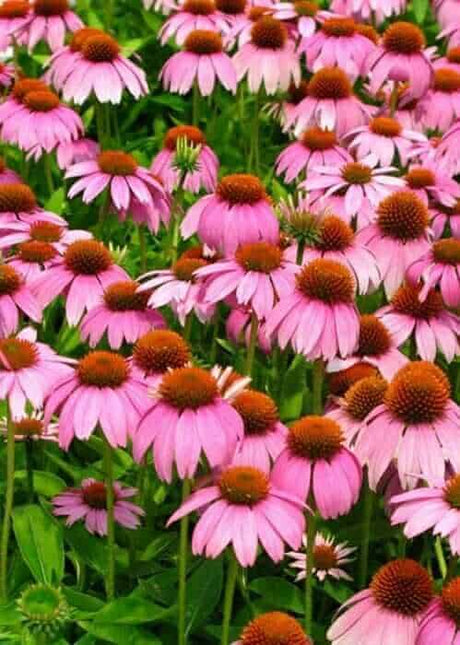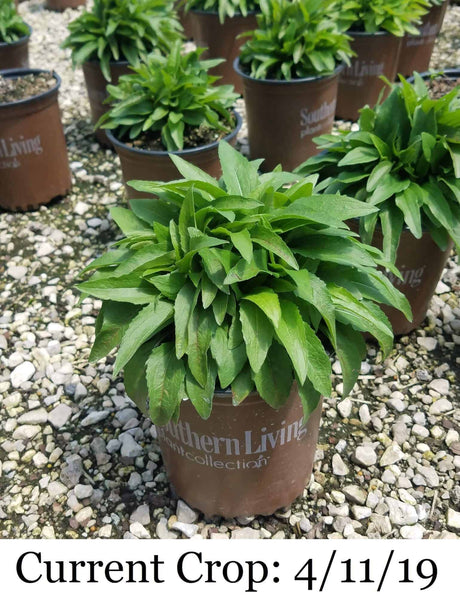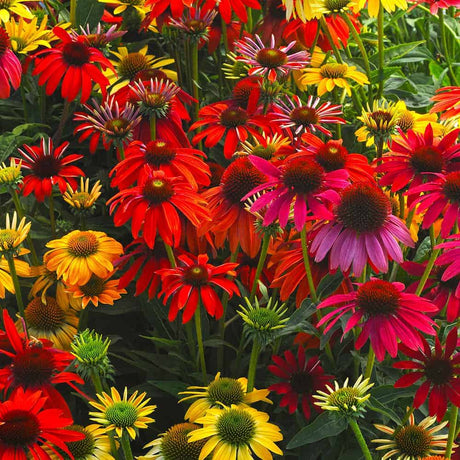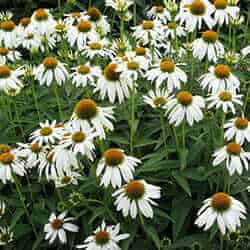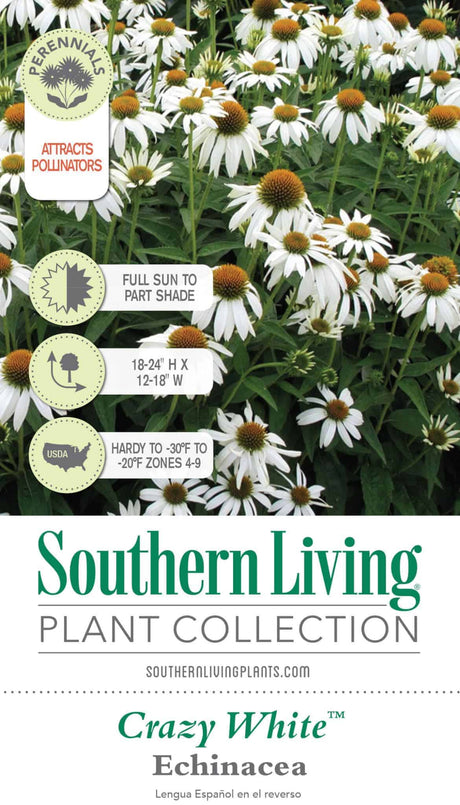Southern Living Plant Collection
(1)$19.99Unit price /UnavailableOut of Stock (0)Southern Living Plant Collection
$19.99Unit price /UnavailableOut of Stock (0)Southern Living Plant Collection
$19.99Unit price /UnavailableOut of Stock (0)
Echinacea, commonly known as coneflower, is a beautiful and easy-to-grow perennial plant that can add vibrant color to your garden while providing several health benefits. Here are some reasons why you should consider adding echinacea to your garden and how to grow them successfully:
Reasons to Have Echinacea in Your Garden
- Attractive Flowers: Echinacea produces bright and colorful daisy-like flowers that come in a range of colors, including pink, purple, and white. The flowers can also attract butterflies and bees to your garden, making it an ideal plant for pollinator-friendly gardens.
- Medicinal Properties: Echinacea has several medicinal properties, including immune-boosting and anti-inflammatory effects. Its roots and leaves have been used for centuries in traditional medicine for treating colds, flu, and other ailments.
- Low Maintenance: Echinacea is a low-maintenance plant that can grow in a range of soil types, including poor soil. It is also drought-tolerant and can tolerate heat, making it an ideal plant for beginner gardeners.
- Soil: Echinacea prefers well-draining soil that is rich in organic matter. If your soil is heavy, add some sand or gravel to improve drainage.
- Sunlight: Echinacea prefers full sun, but it can also tolerate partial shade. Make sure to plant it in an area that gets at least six hours of direct sunlight per day.
- Watering: Echinacea is drought-tolerant and can survive on minimal watering, but it will benefit from regular watering during hot, dry spells. Water deeply and infrequently to encourage deep root growth.
- Fertilizer: Echinacea does not require much fertilizer, but it can benefit from a balanced, slow-release fertilizer applied once in the spring.
- Pruning: Deadhead echinacea regularly to encourage more blooms throughout the growing season. You can also cut back the foliage in the fall to promote healthy growth in the following year.
- Pests and Diseases: Echinacea is generally pest and disease-resistant, but it can be susceptible to powdery mildew in humid conditions. Keep the foliage dry and provide good air circulation to prevent this disease.

